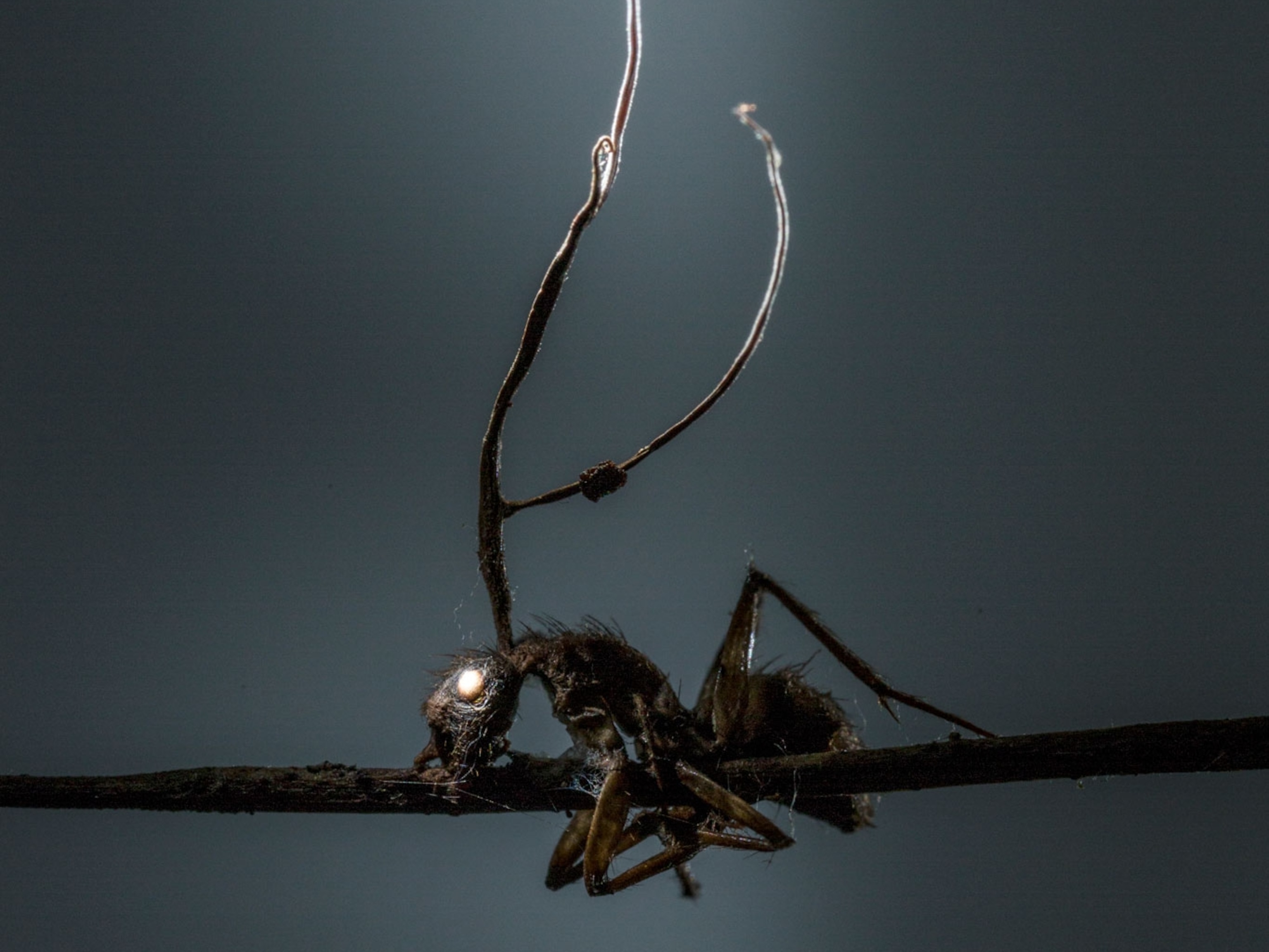
Cop Finds Rare Pearl Worth 10,000 Clams—in His Clam Stew
Formed by a grain of sand? Hardly ever in natural pearls; it's usually to enclose a parasite.
Updated April 20: Although the pearl didn’t sell in the March 15 auction, it was ultimately sold by a pearl broker to a Japanese collector for $16,500.
Call it pearl à la carte. A rare purple gem from a quahog clam was not exactly on the menu when Mike Serino, a Massachusetts policeman, ordered seafood stew at his birthday dinner six years ago. But that's what he found when he bit down on something hard. The natural pearl, about the size of a very large pea, is to be sold on Sunday at Kaminski Auctions in Beverly, Massachusetts, with a presale estimate of $10,000 to $15,000.
"It looked like a miniature Easter egg," said Harry Morgan, the auction-house appraiser who examined the pearl. "I've dug them, cooked them, eaten them, but I didn't know that quahogs produced pearls." (See National Geographic's favorite jewels, from giants to fakes.)
In fact, many salt- and freshwater mollusks, not just oysters, produce pearls. They may be formed in mussels, conchs, cowries, and scallops—to name a few—and come in a rainbow of colors, depending on the species of mollusk.
The giant clam, Tridacna gigas, is responsible for the largest known pearl: the 15-pound Pearl of Allah, which, as it turns out, is a rather ugly concretion that looks like a small brain.
Not all pearls have value—particularly the tooth-cracking kind found in edible species—but occasionally nature will produce a very rare, very precious example. In 2010, Christie's Dubai sold a walnut-size orange Melo pearl for $722,500. "They are found in the Melo melo marine snails found in the South China Sea and around that region," noted Rahul Kadakia, international head of Christie's Jewelry.
"The lavender quahog pearl may not be quite as expensive, but its discovery at a Massachusetts restaurant must have been just as exciting as it was for a diver to find a great pearl deep down in the ocean."
What exactly is a pearl? It's "an adaptation to get rid of a piece of schmutz," explained Paula Mikkelsen, a biologist who studies mollusks and the associate director for science at the Paleontological Research Institution in Ithaca, New York.
The mantle, the fleshy part of the shell, pulls calcium carbonate from the water and layers it around the intruding irritant. Cut a pearl in half and you'll see concentric layers of the material known as nacre wrapped around a nucleus.

"The myth is that pearls are formed around a grain of sand—it's positively not true," said Mikkelsen, who was also one of the curators for the "Pearls" exhibit at the American Museum of Natural History in New York and the Field Museum in Chicago about 12 years ago. "Pearls are hardly ever formed around anything inorganic, such as a grain of sand or a rock. They're usually formed around something organic, often a parasite. Natural pearls, that is."
Cultured pearls are formed by inserting a bead into an oyster, but a piece of tissue from another oyster is still needed. "So pearls," she said, "are not only produced by living animals, they're produced because of them."
When he found the lavender pearl, Serino didn't think much about it. He gave it to his daughter, who put it in her jewelry box. Years went by. Then, four months ago, he saw a television news story about a Virginia Beach woman who'd found a quahog pearl that was allegedly worth a few thousand dollars.
The myth is that pearls are formed around a grain of sand—it's positively not true.Paula Mikkelsen, Associate director for science at the Paleontological Research Institution
"Where's that pearl I found?" he said.
That's when he called Morgan at Kaminski in neighboring Beverly, down the road from Swampscott, where he lives.
"I get dozens of calls about pearls," Morgan said. "Mostly they are cultured and nothing to get excited about, but I said, 'Sure. Bring it in.'"
This particular pearl turned out to be something to get excited about. Most pearls from clams, he said, are misshapen, lusterless, or ground up when processed for chowder. Appraising it was tricky, he said, because so few have come to market.
Though Serino would like to spend the windfall on a Corvette ("Midlife crisis," he said), his wife, Michelle, has other ideas. "It's going towards a new kitchen," she said.
Last week, though, Serino went to the dentist and discovered he needed a new crown—not as a result of cracking his tooth on a pearl, it might be added.





